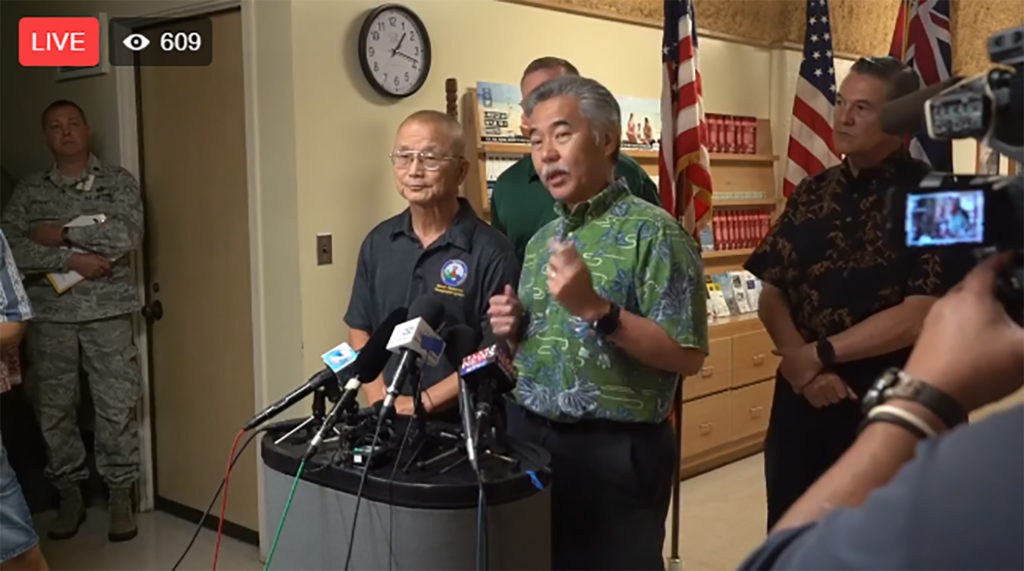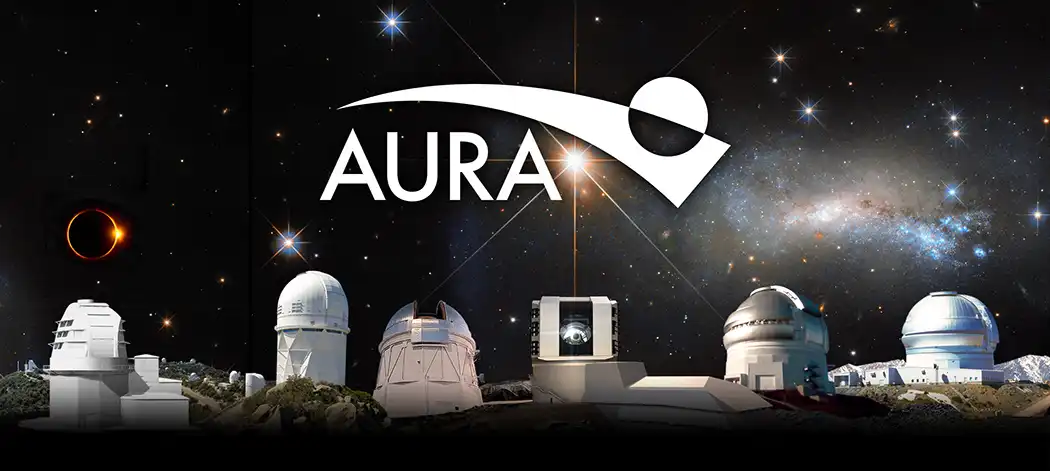HI-EMA Apologizes for Missile False Alarm Alert: Timeline of Events
https://www.facebook.com/HawaiiEMA/videos/775220352678072/?notif_id=1515884221271493¬if_t=live_video_schedule_viewer
During a press conference this afternoon, Hawaiʻi Governor David Ige said he is “angry and disappointed,” following a false alarm notification that was issued by Emergency Management personnel which had warned the public of a “ballistic missile attack” threat. The message was sent out in error and was a mistake, according to authorities.
Vern Miyagi, Administrator for the Maui Emergency Management Agency said he “deeply apologizes” for the incident and says he accepts responsibility because it was “his team” that was involved.
The Hawaiʻi Emergency Management Agency has confirmed that there was no ballistic missile and that there were no computer hacks to the HI-EMA system. The cause of the false alarm was human error.
HI-EMA officials say they have already taken measures to ensure that an incident such as the one that occurred this morning does not happen again. HI-EMA has also started a review of cancellation procedures to inform the public immediately if a cancellation is warranted. “We understand that false alarms such as this can erode public confidence in our emergency notification systems. We understand the serious nature of the warning alert systems and the need to get this right 100% of the time,” HI-EMA officials said.
“I know first-hand how today’s false alarm affected all of us here in Hawaiʻi, and I am sorry for the pain and confusion it caused. I, too, am extremely upset about this and am doing everything I can do to immediately improve our emergency management systems, procedures and staffing,” said Gov. David Ige.

PC: HI-EMA press conference 1 p.m. 1.13.18
During a rundown of the timeline of events, Miyagi said the following events occurred:
- Approx. 8:05 a.m. – A routine internal test during a shift change was initiated. This was a test that involved the Emergency Alert System, the Wireless Emergency Alert, but no warning sirens.
- 8:07 a.m. – A warning test was triggered statewide by the State Warning Point, HI-EMA.
- 8:10 a.m. – State Adjutant Maj. Gen. Joe Logan, validated with the U.S. Pacific Command that there was no missile launch. Honolulu Police Department notified of the false alarm by HI-EMA.
- 8:13 a.m. – State Warning Point issues a cancellation of the Civil Danger Warning Message. This would have prevented the initial alert from being rebroadcast to phones that may not have received it yet. For instance, if a phone was not on at 8:07 a.m., if someone was out of range and has since came into cell coverage (Hikers, Mariners, etc.) and/or people getting off a plane.
- 8:20 a.m. – HI-EMA issues public notification of cancellation via their Facebook and Twitter accounts.
- 8:24 a.m. – Governor Ige retweets HI-EMA’s cancellation notice.
- 8:30 a.m. – Governor posts cancellation notification to his Facebook page.
- 8:45 a.m. – After getting authorization from FEMA Integral Public Alert and Warning System, HI-EMA issued a “Civil Emergency Message” remotely.
The following action was executed by the Emergency Alert System:
- EAS message over Local TV/Radio Audio Broadcast & Television Crawler Banner.
- “False Alarm. There is no missile threat to Hawaiʻi.”
- “False Alarm. There is no missile threat or danger to the State of Hawaiʻi. Repeat. There is no missile threat or danger to the State of Hawaiʻi. False Alarm.”
- Wireless Emergency Alert (WEA)
- “False Alarm. There is no missile threat or danger to the State of Hawaiʻi.”
- 9:30 a.m. – Governor makes initial media notification.
- 9:34 a.m. – Governor’s message posted to his Facebook and Twitter accounts.
These are the actions that HI-EMA has already taken:
- On the recommendations of the HI-EMA Administrator, Vern Miyagi, the Governor has suspended all future drills until HI-EMA has completed a full analysis of the event.
- HI-EMA has already instituted a two-person activation/verification rule for tests as well as actual missile launch notifications.
- A cancellation command that can be done automatically that can be triggered within seconds of an error, has been put in place.
This is the process that HI-EMA is currently reviewing:
- Expanding notification processes for Hawaiʻi’s Congressional Delegations, County Mayors, and key staff.
A formal preliminary report of findings and corrective actions will be issued next week.
According to HIEMA officials, in an actual event, it would take only 20 minutes from launch to impact for a missile from North Korea to reach Hawaiʻi. Authorities would spend the first five minutes to characterize the launch to determine the missile’s path, and once it is determined that is inbound and Hawaiʻi is in danger, based on that notification, the warning point person has the authority to press the button to initiate public notification.
Miyagi advised that the public should keep in mind that if an actual threat is there, the public would have an estimated 11-13 minutes to get inside, stay inside and stay informed. “Please take this to heart,” he said.
Gov. Ige said everything is now being done to ensure that a single person will not be able to make an error that triggers a false alarm again. He said the state will hold off any more attack warning tests until the situation is “squared away.”
State officials note that during a drill, there are always two people on hand before a button is pushed initiating public notification. Miyagi said the agency going forward will ensure that a cancellation message is already be scripted; proper confirmations are made; and contact is made with press and media to make sure it is relayed without delay.
George Szigeti, HTA president also spoke at the press conference saying he is “extremely concerned” that it happened, but also encouraged that key decision makers will have serious dialogue so that that this never happens again. Szigeti said the Hawaii Tourism Authority “immediately reached out” to partners and messaged very quickly that this was a false alarm to mitigate any potential alarm.
Szigeti said Hawaiʻi is still perceived as one of the safest, most welcoming destinations in the world.
Governor David Ige released a further statement at 3 p.m. following the meetings and debriefing held earlier today. In his statement he said:
“Today is a day most of us will never forget. A terrifying day when our worst nightmares appeared to become a reality. A day where we frantically grabbed what we could, tried to figure out how and where to shelter and protect ourselves and our ʻohana, said our “I love yous,” and prayed for peace.
I know firsthand how today’s false notification affected all of us here in Hawaiʻi, and I am sorry for the pain and confusion it caused. I, too, am extremely upset about this and am doing everything I can to immediately improve our emergency management systems, procedures and staffing.
I have spent the morning with Gen. Logan, Hi-EMA Administrator Vern Miayagi and their teams and have directed that they make immediate changes. We are doing everything we possibly can to prevent this from happening again.
I encourage all of us to take stock, determine what we all can do better to be prepared in the future – as a state, county and in our own households. We must also do what we can to demand peace and a de-escalation with North Korea, so that warnings and sirens can become a thing of the past.”
The federal government’s Ready.org website also has a list of guidelines on what to do before, during and after a nuclear blast, providing simple steps to protect life.









